When it comes to alcoholic beverages, the world offers a vast array of options to explore. In this post, we’ll delve into the diverse world of distilled spirits, ranging from whiskey and vodka to tequila and gin. You’ll learn all the distinctions between various types of alcohol.

Table of Contents
Spirits vs. Liquors
Before we dive into the specifics, it’s important to understand the distinction between spirits and liquors. The terms are often used interchangeably, but they do have subtle differences.
Spirits generally refer to distilled alcoholic beverages with higher alcohol content, while liquors encompass all types of alcoholic beverages, including spirits, liqueurs, and other flavored alcoholic drinks.
Distilled Spirits Categories
Distilled spirits are categorized based on their primary ingredients, distillation methods, and regions of origin. The primary categories include:
- Whiskey: Made from fermented grains and aged in wooden barrels, whiskey comes in various types, including Scotch, Irish, Bourbon, and Rye.
- Vodka: Usually made from grains or potatoes, vodka is known for its neutral flavor profile and versatility in cocktails.
- Rum: Produced from sugarcane byproducts or molasses, rum ranges from light to dark varieties and originates from Caribbean regions.
- Tequila: Derived from the blue agave plant, tequila is primarily produced in Mexico and is known for its distinctive smoky and earthy flavors.
- Gin: Infused with botanicals such as juniper berries, gin offers a wide range of flavors and is a key ingredient in classic cocktails.
- Brandy: Produced by distilling wine or fermented fruit juice, brandy includes varieties like Cognac, Armagnac, and fruit brandies.
12 Different Types Of Liquor
1. Whiskey

This encompasses a range of styles, including Scotch, Irish, bourbon, and rye whiskey. They vary in terms of ingredients, distillation techniques, and aging processes, leading to a spectrum of flavors from smoky and peaty to sweet and oaky.
2. Vodka
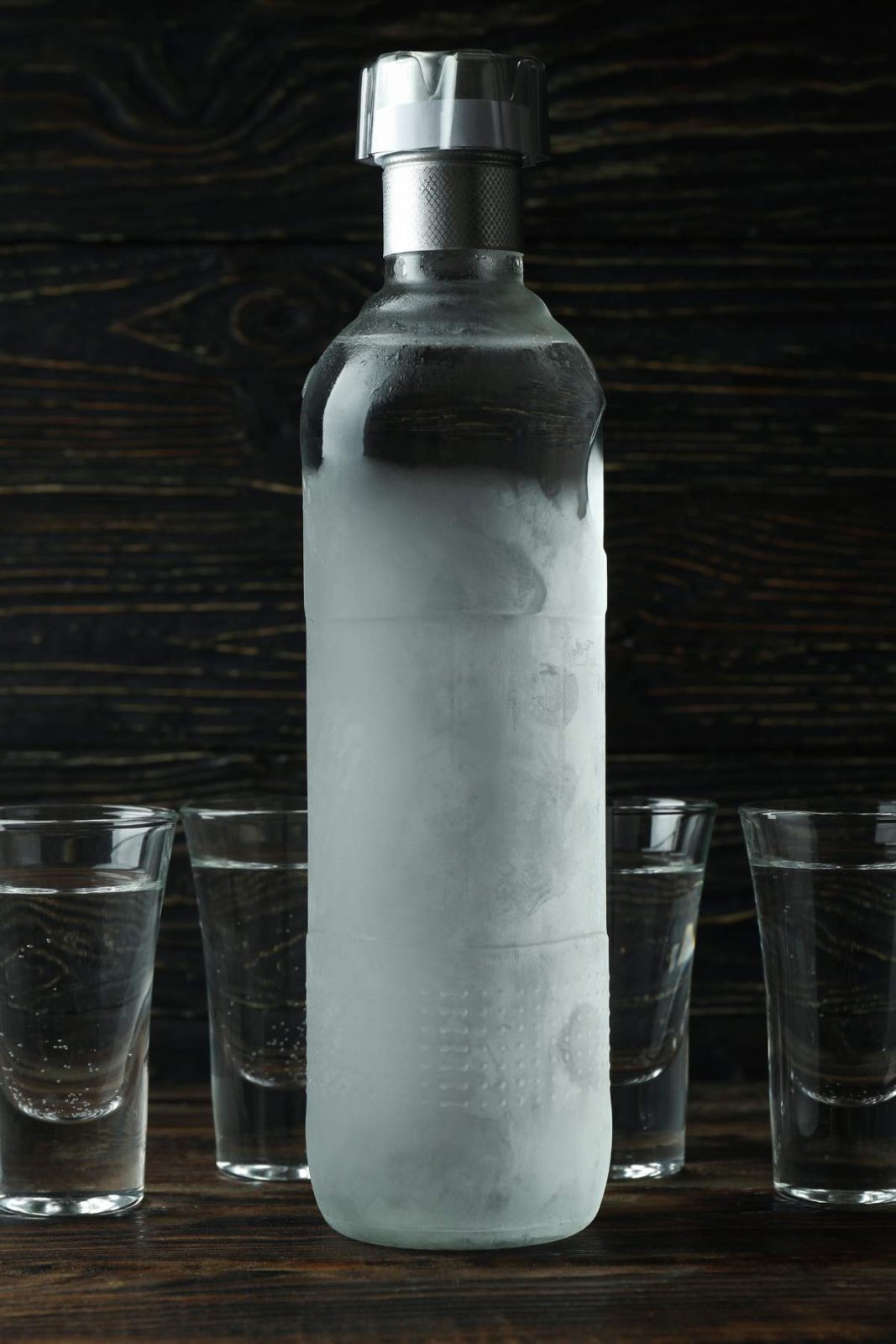
Known for its neutral taste and versatility, vodka is often used as a base in cocktails. It is usually distilled from grains or potatoes.
3. Rum

Made from sugarcane byproducts or molasses, rum carries tropical notes and can range from light and sweet to dark and robust.
4. Tequila
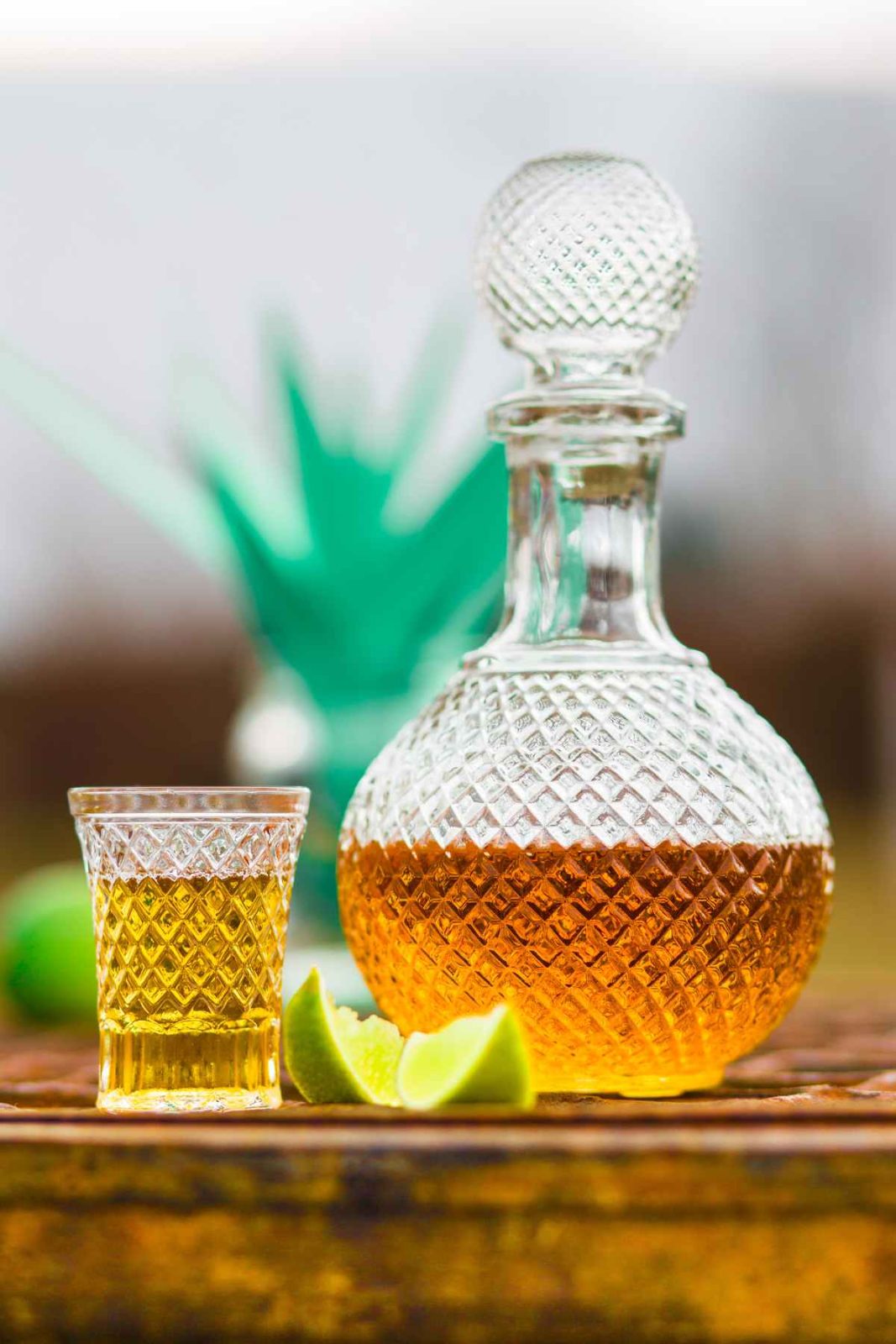
Produced from the blue agave plant, tequila is synonymous with Mexican culture. It’s available in several varieties, from silver (blanco) to aged (añejo).
5. Brandy

Derived from distilled wine or fermented fruit juice, brandy boasts rich, fruity flavors and includes variations like Cognac and Armagnac.
6. Gin

Flavored with botanicals, primarily juniper berries, gin delivers a complex array of flavors and holds a central role in classic cocktails.
7. Mezcal
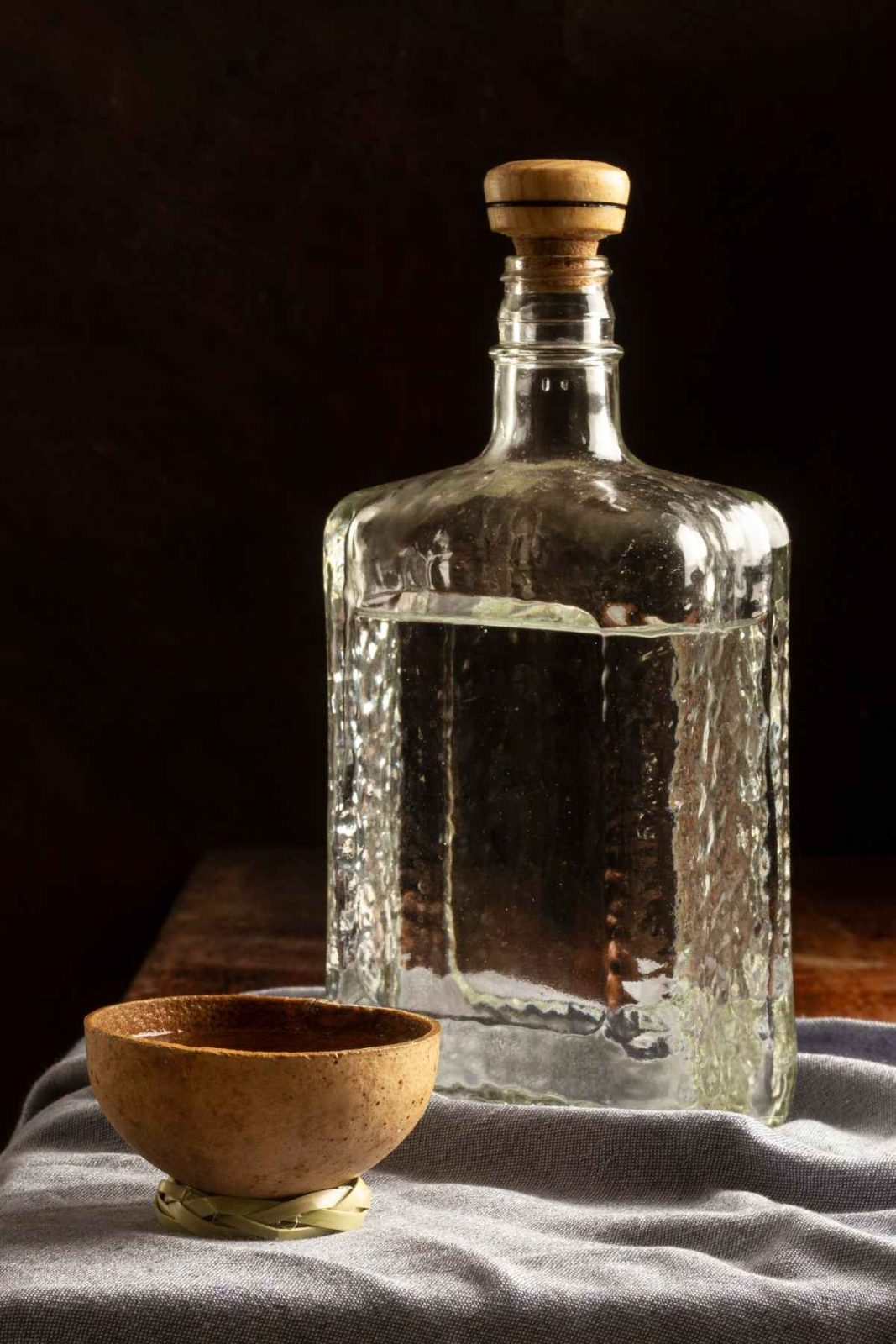
Similar to tequila, mezcal is made from agave, but the production process often involves roasting the agave hearts, imparting a distinctive smoky flavor.
8. Liqueurs
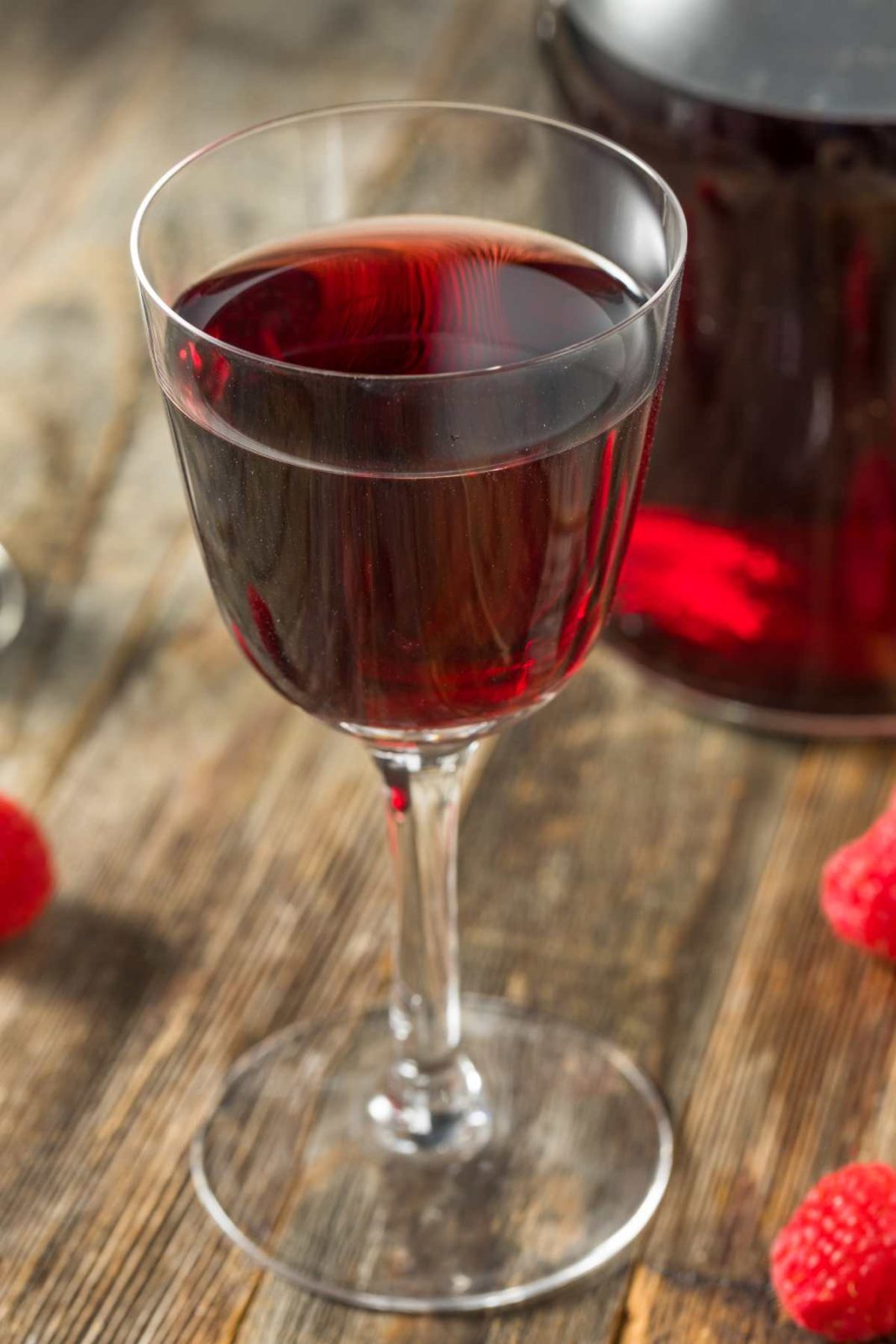
These are sweet, flavored spirits often used to enhance cocktails. Examples include Amaretto, Grand Marnier, and Bailey’s Irish Cream.
9. Absinthe
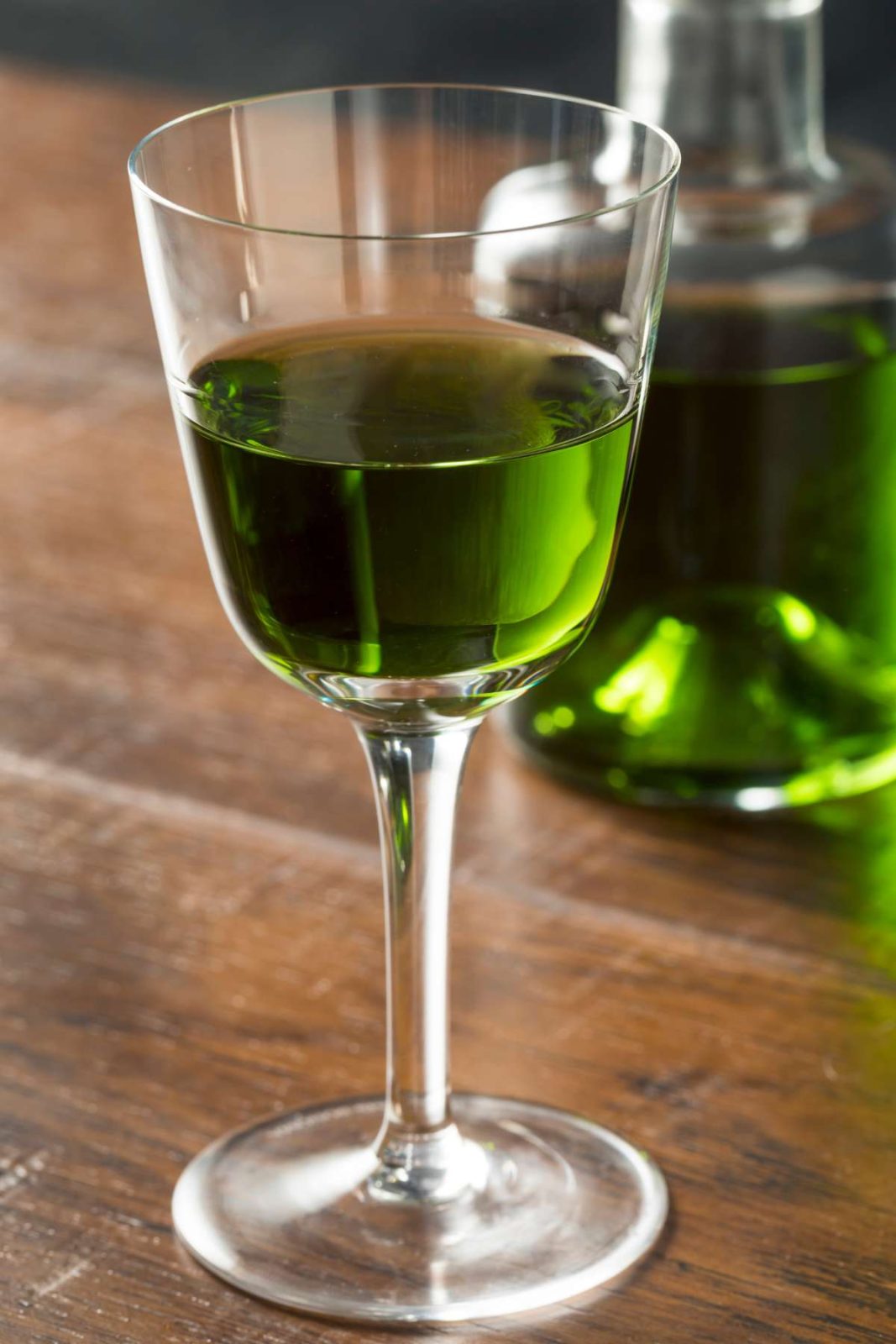
Known for its anise and herbal flavors, absinthe has a complex history and is often associated with a distinctive green color.
10. Sake
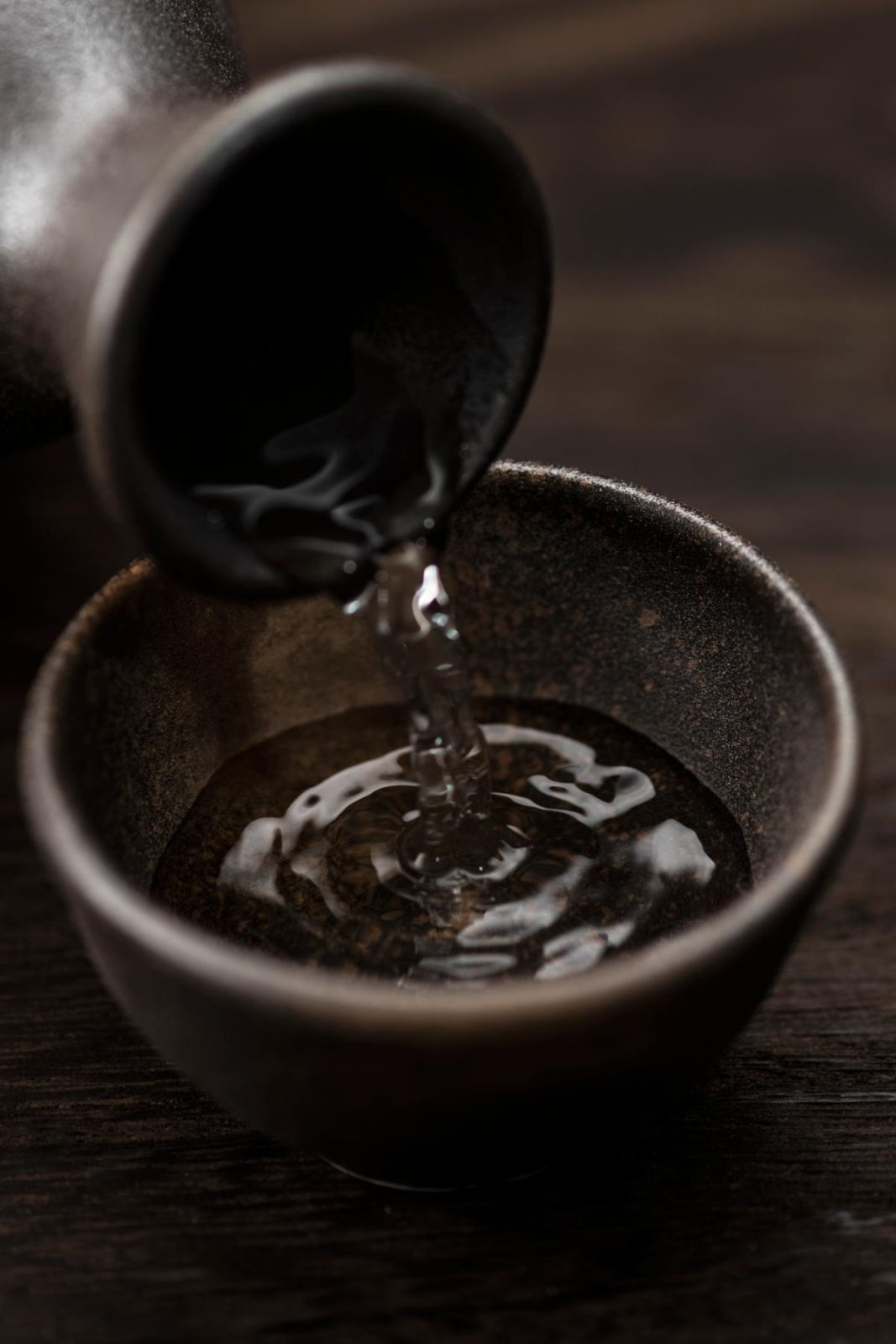
A traditional Japanese rice wine, sake can range from light and crisp to rich and full-bodied, offering a diverse array of profiles.
11. Pisco

Hailing from South America, pisco is a brandy-like spirit made from grapes and is a vital component in the beloved Pisco Sour cocktail.
12. Aquavit

Popular in Scandinavian countries, aquavit is a flavored spirit often infused with herbs and spices, offering a unique taste experience.
Liqueurs And Cordials
Liqueurs and cordials are flavored spirits that often have added sweetness. They come in an array of flavors, ranging from fruity and herbal to creamy and nutty.
Examples include amaretto, coffee liqueur, and fruit-flavored liqueurs.
Aperitifs And Digestifs
Aperitifs are characterized by their light, dry, and refreshing flavors. They often exhibit hints of citrus or herbal notes, making them a crisp and invigorating choice to enjoy before a meal.
Digestifs are known for their stronger and more robust profiles. They tend to be sweeter and feature complex flavors such as caramel, spices, and a variety of herbs. These qualities make digestifs a delightful choice for sipping after a meal, aiding digestion.
Mixing And Serving Tips
To fully appreciate the nuanced flavors of different spirits, it’s important to understand how they are best enjoyed:
- Whiskey: Sip it neat or on the rocks to savor its complexity.
- Vodka: Use it as a base for cocktails that highlight its versatility.
- Rum: Enjoy it in tropical cocktails or classic concoctions.
- Tequila: Sip it slowly to experience the agave notes, or use it in cocktails like the margarita.
- Gin: Experiment with various mixers and garnishes to enhance its botanical flavors.

FAQs
What is the difference between whiskey and bourbon?
While all bourbons are whiskey, not all whiskeys are bourbon. Bourbon is a type of american whiskey made primarily from corn and aged in new charred oak barrels.
What are the main types of vodka?
Vodka can be categorized into traditional, flavored, and artisanal varieties, each offering unique characteristics.
How is tequila different from mezcal?
Tequila is made exclusively from blue agave, while mezcal can be produced from various agave species, resulting in distinct smoky flavors.
What is the distinction between white and dark rum?
White rum is lighter and milder, while dark rum is aged longer and features deeper, more complex flavors.
What are the different types of brandy and their origins?
Brandy includes cognac and armagnac from France, as well as fruit brandies produced globally from various fruits.
What is the difference between scotch and Irish whiskey?
Both are whiskies, but scotch is often smokier and peatier, while Irish whiskey is usually smoother and lighter.
How is sake different from other types of alcohol?
Sake is a rice wine brewed without distillation, making it distinct from spirits like vodka and rum.
What is the aging process for various types of liquor like?
Aging times vary; for instance, scotch and bourbon have minimum aging requirements, contributing to their unique characteristics.
How is gin made and what botanicals are used?
Gin is made through a process of distillation, starting with a neutral grain spirit. The key flavor element in gin comes from the infusion of botanicals, primarily juniper berries.
Other botanicals used can include coriander, citrus peel, cardamom, angelica root, and various herbs and spices.
Tequila Margarita Recipe
Ingredients
- 2 ounces silver tequila
- 1/2 jalapeno
- 2 tablespoons freshly squeezed lime juice from 1 lime
- 1 ounce orange liqueur
- 1/2 ounce sweetener
- ice cubes
- salt, chili powder, and lime wedges for rimming the class
Instructions
- Salt the rim: Fill a small plate with salt. Rub a piece of lemon slice around the rim of the serving glass and immediately dip into the mixture of salt and chili powder. Set aside.
- Slice the jalapeno: Cut it into thin slices. Then remove the seeds.
- Make the spicy margarita mix: In a cocktail shaker, add ice, tequila, orange liqueur, lime juice, syrup and jalapeno slices. Shake for about 20 seconds. Give it a taste and add more syrup or other ingredients if needed.
- Serve: Pour the mixture into the rimmed glass. Garnish with lime wedges and jalapeno slices. Serve and enjoy!
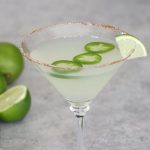
Leave a Reply